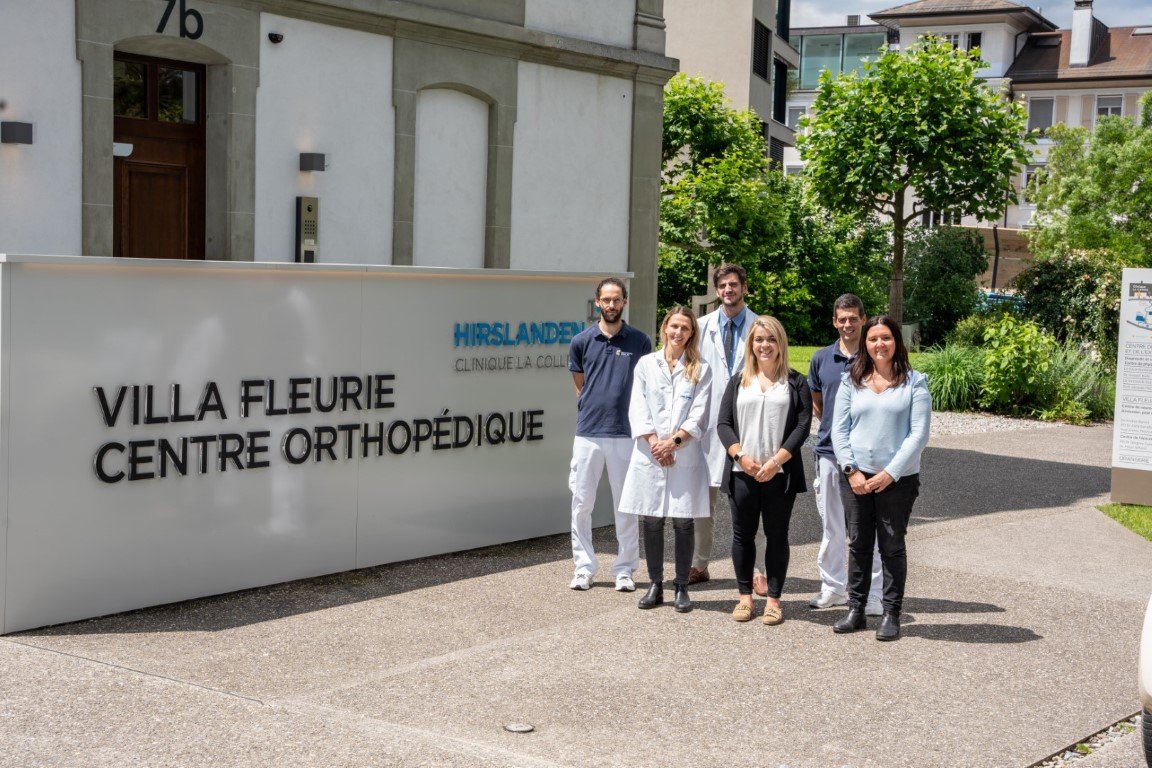Publication: Orthop Traumatol Surg Res. 2020 Apr;106(2):241-246. doi: 10.1016/j.otsr.2019.12.010. Epub 2020 Feb 11.
Co-authors: Lädermann A, Chih-Hao J, Cunningham G, et al.
Abstract:
Background: Shorter humeral stems were developed to improve bone preservation, vascularity and osteointegration in reverse total shoulder arthroplasty (RSA). While some studies examined the relationship between canal filling and radiographic changes, none evaluated the association between stem alignment and canal fill ratio (CFR).
Hypothesis: The hypothesis was that stem misalignment after RSA would be associated with lower CFR.
Patients and methods: The authors retrospectively reviewed immediate postoperative radiographs of 157 patients, comprising 56 men (36%), who underwent RSA with a short uncemented stem with neck shaft angle (NSA) default of 145°. The parameters included postoperative NSA and metaphyseal CFR, both measured with excellent inter-observer agreement. Uni- and multivariable linear regressions were performed to determine associations between postoperative NSA and 5 variables (CFR, gender, age, BMI, and surgical approach).
Results: Postoperative NSA was 149°±8°, exceeding 5° of varus in 15 shoulders (9%) and 5° of valgus in 60 shoulders (38%), and CFR was 58%±8%. CFR was lower in shoulders with varus stem alignment (54%±6%) than shoulders with neutral stem alignment (59%±8%, p=0.033). Multivariable regression revealed that postoperative NSA increased with age (beta: 0.20; p=0.008), was higher for shoulders operated with the subscapularis- and deltoid-sparing approach (beta: 3.82; p=0.040) but lower for men (beta: -4.14; p=0.002).
Conclusions: Stem misalignment exceeded 5° in 47% of the shoulders. Women, older age, and subscapularis- and deltoid-sparing approach are associated with greater risks of valgus stem positioning, while lower CFR seems to be associated with greater risks of varus stem positioning.
Level of evidence: IV; case series.




